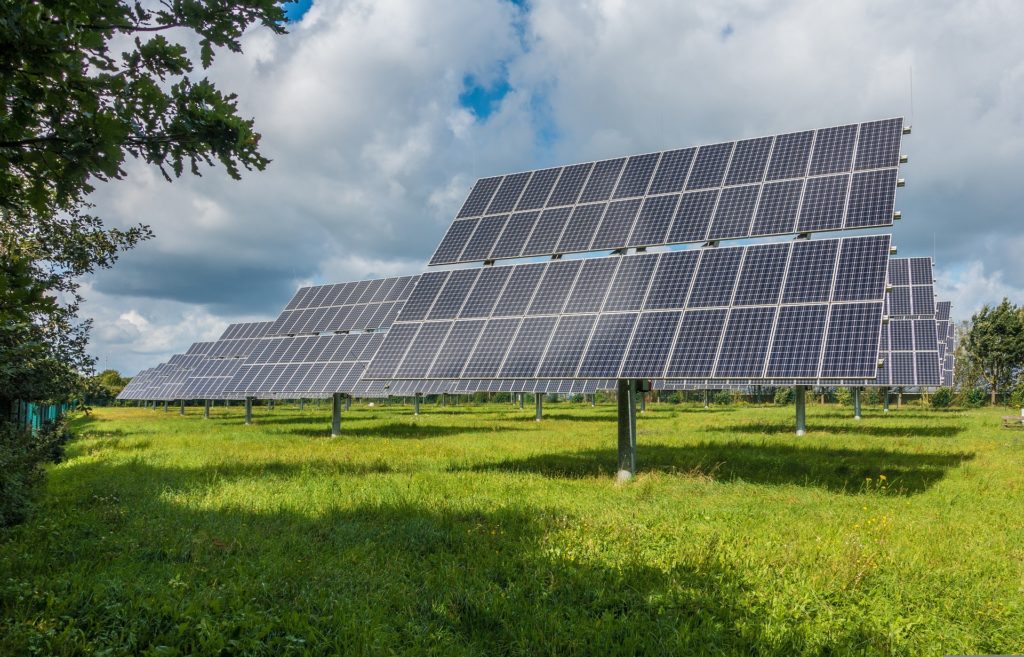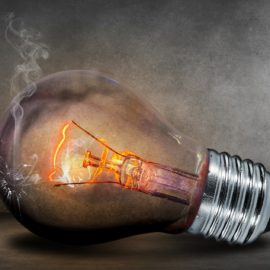
The parishes question the solar farms but the state has approved 4 solar projects.
Entergy Louisiana, which relies heavily on natural gas-fired power plants to make electricity, has taken a step toward diversifying its power generation, getting approval Wednesday from regulators for a series of solar projects around the state. Entergy is expected to eventually get 475 megawatts of power from four solar plants developed by D.E. Shaw and Opdenergy, a move that triples its existing renewable capacity. The first of four projects is set to come online in 2024. The Louisiana Public Service Commission approved the package Wednesday. The projects represent a small share of the nearly 12,000 megawatts in Entergy Louisiana’s portfolio. The utility says it has plans for eventually getting 2,500 megawatts from solar power, as part of a long-term plan to shift away from fossil fuels and toward renewables. Entergy’s parent company says it plans to have more than 6.5 gigawatts of renewables by the end of 2025. Its plans also represent a small step toward reaching Gov. John Bel Edwards’ climate task force goal of net zero emissions in Louisiana by 2050. That state plan that calls for a dramatic reshaping of the power sector to rely on solar, offshore wind and long-range transmission lines to wean the state off fossil fuels. “I’m pleased to finally see Entergy move forward with these renewable resources,” said commission Chair Lambert Boissiere, a New Orleans Democrat who is running for reelection this fall. Boissiere also asked staff and Entergy to speed up the process for the next batches of renewable projects, noting the set of projects OK’d Wednesday took two years to reach approval.
nola.com
The states natural gas fleet is another way the state is getting away from oil.
Commissioner Craig Greene, a Baton Rouge Republican who is pushing a study of whether Louisiana should break up Entergy’s monopoly, said in a statement that Louisiana’s natural gas fleet is helping a transition to renewables happening across the middle section of the country, through the grid operator, the MidContinent Independent System Operator. Entergy first issued a request for proposals from solar developers in 2020. The winning bidders pitched plans for large-scale solar arrays in Allen Parish, two in St. James Parish and one in Washington Parish. The deal approved by the commission also includes a “green tariff” program that lets customers opt into renewable energy, partly aimed at helping corporate customers achieve sustainability goals. The two in St. James Parish face a roadblock, however: Parish officials who have long welcomed new chemical plants passed a moratorium on new solar farms last month, citing the loss of valuable agricultural land and aesthetics. The pushback is part of a wave of opposition to the massive solar farms, which are being planned and developed across rural Louisiana, where developers are often able to outbid farmers who lease their land. That moratorium would need to be lifted for Entergy to move forward with the deal.
Despite this problem, there are positive comments on this move.
Logan Burke, director of the Alliance for Affordable Energy, a consumer advocacy group, lauded the commission’s approval of the solar projects and noted the commission also gave the green light to a solar project for SWEPCO in north Louisiana. But Burke also noted that to reach the huge amounts of clean energy Entergy and the state is promising, the utility will need to dramatically expand its transmission capabilities. Advocates for long-range transmission have long accused Entergy of stalling such plans. “I’m really worried that Entergy is saying one thing and not preparing for the future they’re promising,” Burke said.
Entergy is trying to meet both the consumer and political worlds as it goes forward.
Entergy has tried to assuage concerns in St. James Parish and elsewhere. It has also said it is seeking to help big industrial customers meet net-zero goals set by boards of some of the world’s biggest energy and petrochemical firms. Its 6.5 gigawatts renewable plan rests in large part on requests for proposals that have yet to be completed; it is targeting 3,000 megawatts through bids across Louisiana, Mississippi and Arkansas this year.
The next question is the transmission lines as they are not hardened and many are old.



